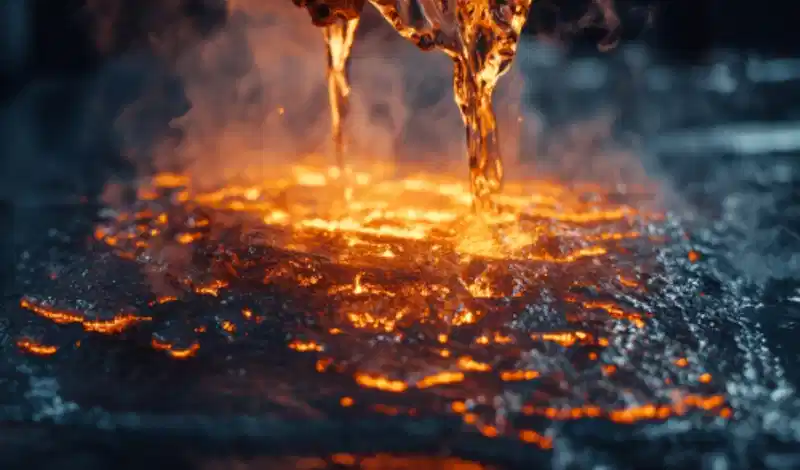LOST WAX CAST PROCESS
What Is Lost Wax Casting?
Lost wax casting is an ancient casting process used to make metal objects, especially sculptures, jewelry and other fine crafts. The method gets its name from a key step in the process, the “losing” of the original model. Simply put, lost wax casting involves casting over a wax model, with the wax eventually being removed, leaving a metal casting.

Advantages of Lost Wax Casting
HIGH PRECISION AND COMPLEXITY: Because wax molds can be finely sculpted, Lost Wax Casting is able to produce very complex and detailed shapes that are unmatched by other casting methods.
Suitable for small batch production: Suitable for making unique customized items or small batches of high precision products, such as artistic sculptures, personalized jewelry, etc.
Basic Steps in Lost Wax Casting
Making a Wax Mold
First, the artist or craftsman creates a prototype of the desired object in wax. This wax mold can be carved by hand or the wax can be heated and poured into a mold. Wax molds are usually very fine and replicate the details of the carving.
Coating
Next, the wax mold is coated with a refractory material; this coating is usually made up of sand, plaster, or other heat-resistant material. The multiple layers of coating make the mold stronger.
Heating and Loss of Wax
The entire coating is then heated to allow the wax mold to dissolve and run off, which is called “loss of wax”. After the loss of the wax mold, the refractory layer is formed into an empty shell, which has the same shape as the original wax mold.
Casting metals
Next, the shell is heated to a certain temperature and molten metal is poured into the shell. The metal is usually copper, silver, gold, aluminum, etc. The choice depends on the desired product
Cooling and demolding
Once the metal has cooled and solidified, the refractory shell is removed and the remaining metal casting is the final product. This process usually involves sanding and finishing to remove any excess, and details may require further engraving.
Finishing and Polishing
Finally, the casting is finished, the details are smoothed, the surfaces are polished, and the final product can be painted in a variety of colors, glosses, or other effects.
NEED HELP?
WELCOME TO CONTACT US
- Contact us for free deisgn,get a fast quote
- Contact us for more detailed information on the sculptures
- Contact us for a free custom design and catalog
Better Service and Better Quality Are Our Main Goal For A Lifetime
Your email will only for contact and not be shared with any third parties.
